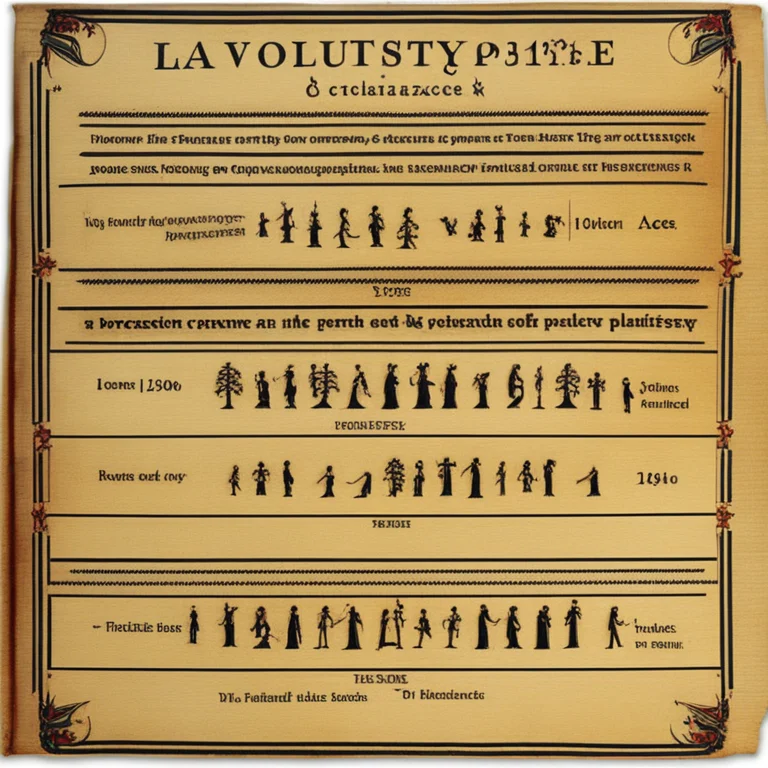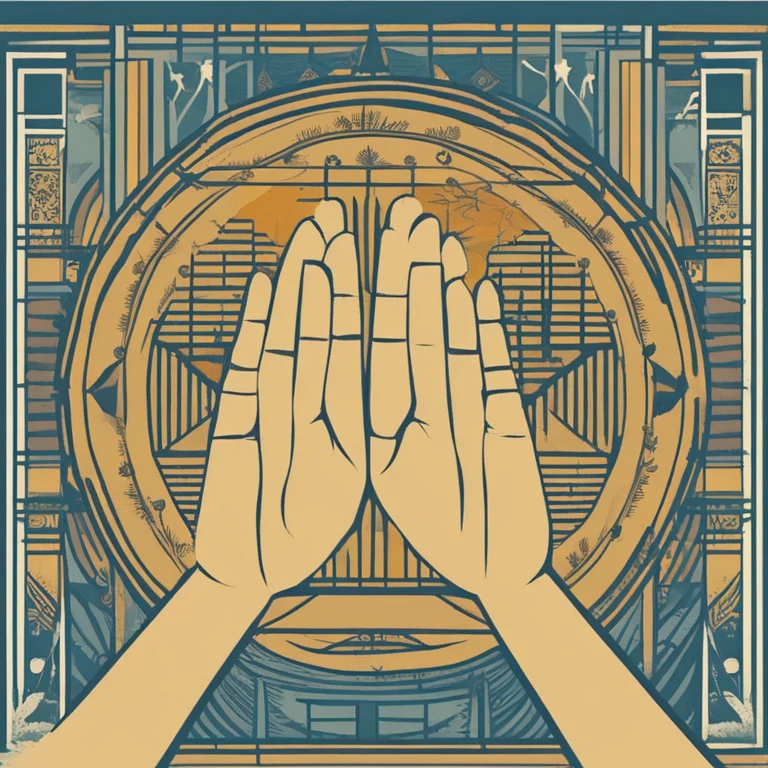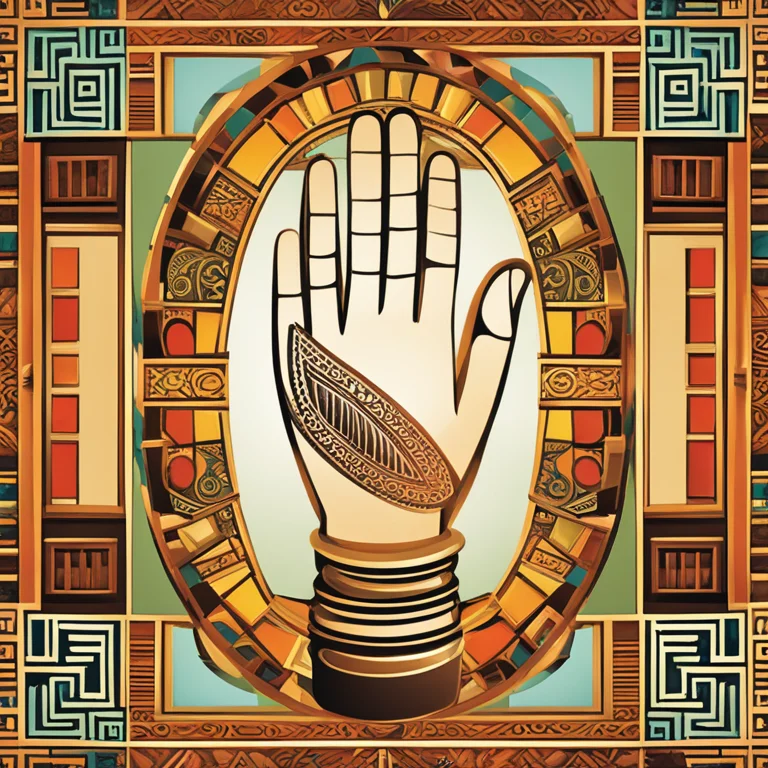
Palmistry: A Historical Overview Unlocked
Trace the roots of palmistry from ancient civilizations to modern practices in our journey through the history of this fascinating art.
article by Nora Pennington
Ancient Beginnings
Palmistry, also known as chiromancy or palm reading, is believed to have originated as far back as 5000 years ago. The practice has its roots in various ancient cultures, including Indian, Chinese, and Egyptian civilizations. In India, palmistry is intertwined with Hindu astrology and was mentioned in the ancient Vedas. The Chinese similarly have a long tradition of hand analysis, with references found in the I Ching, an ancient divination text. Ancient Egyptian traditions also suggest a form of hand reading that was used towards understanding one's personality and life path.

Greek Influence and Expansion
The spread of palmistry from the East to the Western world is largely credited to the conquests of Alexander the Great around the 4th century BCE. He brought with him the knowledge of palmistry from India to Greece, where it was further developed by philosophers like Anaxagoras and Aristotle. Aristotle's fascination with the lines on the human palm is well documented; he even penned a treatise on the subject, noting the hands as a significant tool for the manifestation of the inner self.

Medieval Decline and Renaissance Revival
With the rise of the Christian Church, palmistry along with other occult practices was suppressed during the Middle Ages in Europe. However, the art did not disappear entirely. The Renaissance period, with its renewed interest in science, art, and the mystical, brought a revival of palmistry. Books written during this time, such as “The Art of Chiromancy” by the physician Johannes Hartlieb, attest to the growing interest in this field of study.

Modern Interpretations
In more recent years, the 19th and early 20th centuries saw a new wave of interest in palmistry across Europe and America. Notable figures such as William John Warner, also known as Cheiro, captured the public's imagination with their readings for the rich and famous. The modern approach to palmistry is more psychological, often intertwining with personal growth and self-understanding, reflecting a synchrony with new age philosophy and inclusive spirituality that gained momentum in the latter part of the 20th century.

Today's Palmistry
Fast forwarding to 2024, palmistry remains a popular practice, with a convergence of traditional techniques and digital innovation. Online platforms, apps, and technological advancements have transformed readings, making them more accessible than ever. Contemporary practitioners often combine palm reading with other metaphysical systems like astrology, thus providing a holistic approach to personal insight. Despite skepticism from scientific communities, palmistry's appeal endures, often celebrated in cultural festivals, spiritual retreats, and personal guidance sessions.
Conclusion
From ancient times to the digital age, palmistry has evolved and adapted, but its core pursuit remains the same: to offer insight into the individual's character and potential life path. This timeless practice endures as a tool for self-discovery and reflection, bridging the past, present, and future with the lines of our hands. Whether seen as a science, an art, or a mystical tradition, the story of palmistry is deeply entwined with human history and continues to be written today.
Published: 1/11/2024
Modified: 1/12/2024
More predictions
Come back here soon to learn more about yourself and your future


The Basics of Palm Reading: A Beginner's Guide
Discover the basics of palm reading in this comprehensive guide aimed at beginners interested in the ancient practice of palmistry.


The Secrets of the Jupiter Mount & Palmistry
Discover the significance of the Jupiter Mount in palm reading and how it reflects your leadership and ambition.